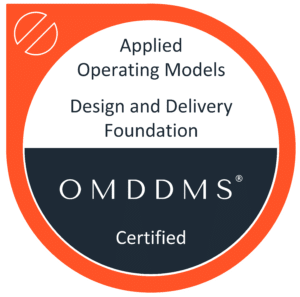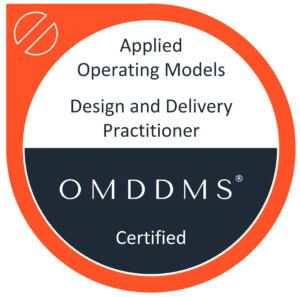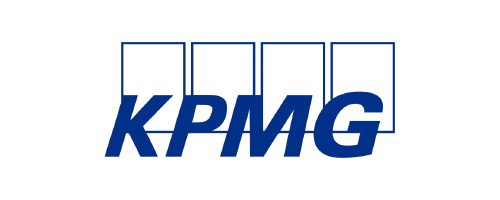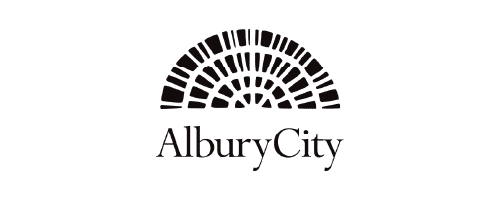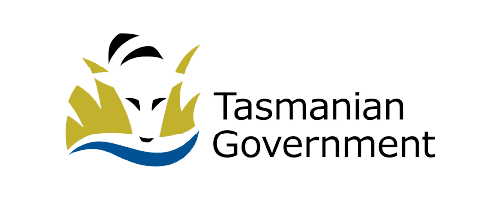Discounted Training for Teams and Organisations
At EA Learning, we’re committed to supporting your team’s training needs and helping you maximise your budget. Here are a few ways we can assist:
-
Arrange a private course exclusively for your team with group pricing.
-
Save on training costs with exclusive bulk pricing discounts when you prepay for multiple courses or places on classes.
-
Get special discounted pricing when you prepay at a tiered level, allowing you to draw down on your balance for any course. Ideal for organisations looking to maximise their training budgets and invest in ongoing professional development.
Please complete the form below, and one of our specialist team members will be in touch with you shortly. We look forward to working with you!


